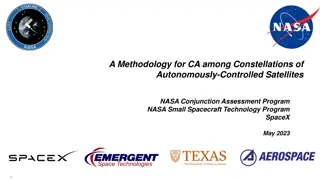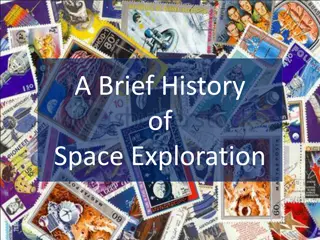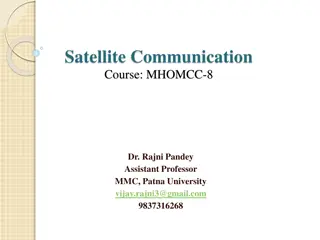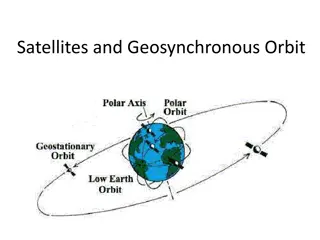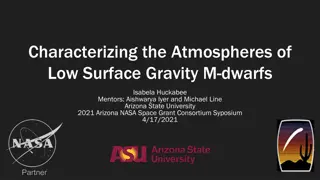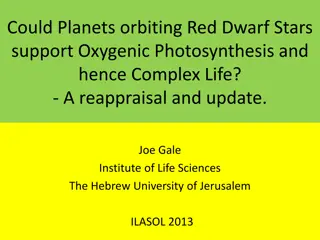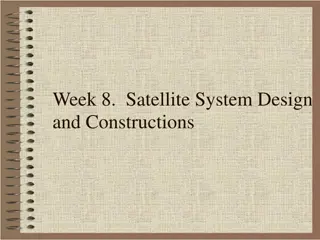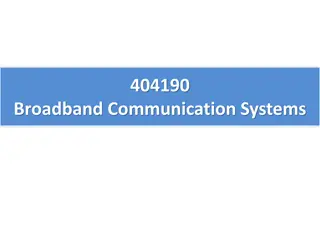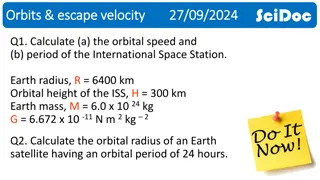Satellites and Exoplanets Study
Fascinating world of satellites and exoplanets through this engaging study module. Understand the definitions, characteristics, and significance of satellites and exoplanets. Delve into the assignment on exoplanets to learn about their names, appearances, orbital details, and more. Discover similarities and differences with Earth and our solar system, and contemplate the possibilities and wonders of these celestial bodies.
Download Presentation

Please find below an Image/Link to download the presentation.
The content on the website is provided AS IS for your information and personal use only. It may not be sold, licensed, or shared on other websites without obtaining consent from the author.If you encounter any issues during the download, it is possible that the publisher has removed the file from their server.
You are allowed to download the files provided on this website for personal or commercial use, subject to the condition that they are used lawfully. All files are the property of their respective owners.
The content on the website is provided AS IS for your information and personal use only. It may not be sold, licensed, or shared on other websites without obtaining consent from the author.
E N D
Presentation Transcript
Module 3: Opzoekwerk
Inleiding satellieten (p22) Wat is een satelliet? (Definitie 1) Een satelliet is een hemellichaam dat een baan beschrijft om een ander, groter hemellichaam. OF manen Vb. de maan die rond de aarde draait
Inleiding satellieten (p22) Wat is een satelliet? (Definitie 2) Een satelliet is een toestel dat door mensen in een baan rond de aarde of een andere planeet is gebracht en dat informatie stuurt naar de aarde of naar een andere satelliet. OF kunstmanen. Vb. televisiesatellieten, weersatellieten enzovoort. Wanneer we in deze module over satellieten hebben, maken we gebruik deze tweede definitie!! English? Satellieten = Satellites
Inleiding exoplaneten (p22-23) Wat is een exoplaneet? Exoplaneten zijn planeten die draaien om een andere ster dan de zon. English? Exoplaneet = Exoplanet
Assignment exoplanets (p23) Work in groups of two. Each group has to look up information about an exoplanet. Put the information into a Word document. 1. What is the name of the exoplanet? 2. What does the exoplanet look like? Describe its colours. 3. What is the name of the star around which the planet rotates? Search it on Stellariumweb and make a screenshot of its position in the night sky (at a given moment). 4. What is its planet type? 5. How many light years away is it from Earth? 6. What is the discovery date of the exoplanet? 7. What is the mass of the exoplanet? To rotate = draaien To discover = ontdekken
The radius of the exoplanet = de straal van de exoplaneet Orbital = betreffende de baan van hemellichamen Orbital radius = de straal van de baan waarop de exoplaneet zich bevindt Orbital period = de tijd die de exoplaneet er over doet om een keer rond zijn ster te draaien. Eccentricity = excentriciteit (Mate voor de afwijking van een baan ten opzichte van een cirkelbaan. 0 = cirkel, 1 = ellips) A similarity = een gelijkenis A difference = een verschil The solar system = het zonnestelsel Assignment exoplanets (p23) 8. What is the radius of the exoplanet? 9. What is the orbital radius of the exoplanet? 10. What is the orbital period of the exoplanet? What does it mean? 11. What is the eccentricity of the exoplanet? What does it mean? 12. Answer the following questions based on your findings: a) What are similarities or differences with our Earth? b) Is this planet like any other planet of the solar system? c) Is it possible for us to stand on this planet? Or would we fly? Why? d) Is there something that you find fascinating/interesting about this planet?
Assignment exoplanets (p23) AU? Astonomical Unit = Gemiddelde afstand tussen de aarde en de zon. 1AU= 149,6 miljoen kilometer. Deze eenheid wordt gebruikt om grote afstanden in de ruimte aan te duiden in vergelijking met de "straal" van de baan van de aarde om de zon.
Assignment satellites (p24-25) Work in groups of two. Each group must look up information about a satellite. Put the information into a Word document. Look up the following information: 1.What is the name of the satellite? 2.What type of satellite is it? What is function of the satellite? 3.When was the satellite launched? 4.Who launched the satellite? Who worked on making the satellite? To launch = lanceren
Assignment satellites (p24-25) 5.What has the satellite discovered? 6.What is the speed at which the satellite travels? 7.How long does the satellite take to circle the earth? 8.What is the altitude of the satellite in relation to the earth? 9.What are three interesting facts about your satellite? 10.Search the satellite on Stellariumweb and make a screenshot of its position in the night sky (at a given moment and from a given place). To discover = ontdekken Speed = snelheid To travel = reizen Altitude = hoogte
Groups Satellites: Group 4 = Hubble Group 5 = Landsat Group 6 = ISS Exoplanets: Group1 = GJ 504 b Group 2 = GJ 15 A b Group 3 = GJ 436 b
Klaar? Ga naar www.canva.com en maak een account aan!
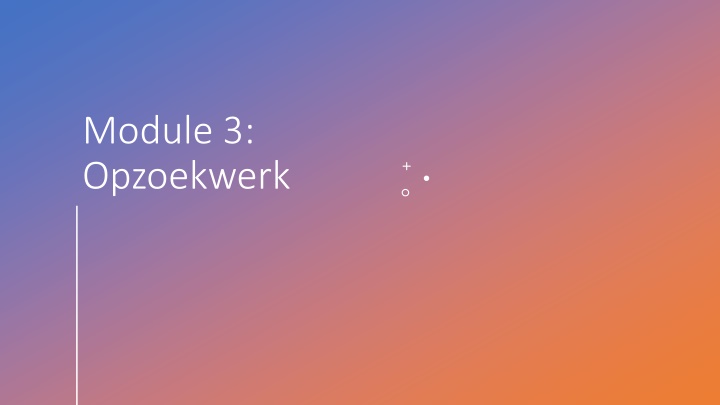


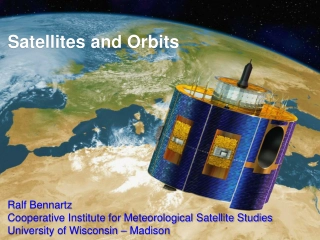
![[PDF⚡READ❤ONLINE] Neptune: The Planet, Rings, and Satellites](/thumb/21522/pdf-read-online-neptune-the-planet-rings-and-satellites.jpg)

